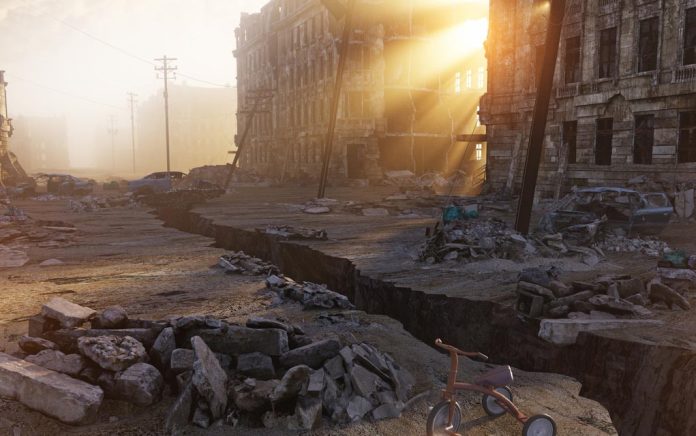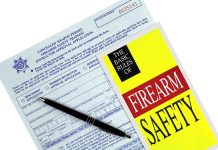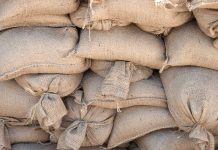
Earthquakes can be quite alarming, even if you’ve experienced them before. Suddenly that solid ground doesn’t seem quite so stable and neither do the buildings around us. Fortunately, there are ways to ride out the event and the aftermath.
What Is an Earthquake?
In basic terms, earthquakes are the sudden release of energy where the tectonic plates that make up our planet come together (aka fault lines). When one of them shifts we get earthquakes. The United States Geological Survey (USGS) tracks them and provides reports on their strength.
Advanced Warning
Scientists have yet to develop a way to predict when a tremblor will hit. However, they have developed a way to alert people quickly when one starts. Through a system of probes and sensors, they’re able to detect earthquakes before human senses can pick up on the movement. With this technology, California has created a warning system to alert residents. In two recent quakes, the smartphones of Californians went off in around 2 seconds before the quake hit, giving them precious extra time to prepare.
What to Do When the House Shakes
There are several “well-known actions” to take like standing in a doorway or running outside. It turns out these nuggets of wisdom are WRONG and can actually increase the chances of sustaining serious and life-threatening injuries. Objects are going to fall off walls even to the point of becoming deadly projectiles. Experts now advise a method called “drop, cover and hold on.” If possible drop to the floor, crawl under a desk or table and always protect your head and neck areas.
Supplies
A major earthquake is going to stretch emergency services to their breaking point, if not beyond. Utilities like electric and water could be knocked out for extended periods, easily days but potentially weeks or months. That’s why it’s imperative to plan ahead and keep a stockpile of supplies like:
- Non-perishable food
- Water
- Flashlights and candles
- Good first aid kit
- AM/FM radio (hand-cranked models won’t need batteries)
- Blankets and extra clothing
An Ounce of Prevention
If you live in an area that sees frequent quakes or is on a known fault line, there are some measures you can take to minimize damage to your home. Many of these require a structural engineer’s opinion and expertise, so the first step is an inspection. Building permits and requirements need to be addressed as well for many upgrades. Here are a few things to consider:
- Install an earthquake sensor that automatically shuts off your gas line.
- Brace your hot water tank to wall studs.
- Replace the mortar of brick and stone walls if it doesn’t actually hold the stones together.
- Brace load-bearing walls at the foundation.
- Properly anchor exterior walls to slab foundations or crawl spaces.
In addition to these steps, be sure to securely fasten furniture, appliances, heavy wall hangings, bookshelves and electronics to the floor or walls to prevent them from dislodging during an earthquake.
These types of events are called disasters for a reason. Preparedness is the best way to survive, and that means having both the knowledge to survive and the right supplies on hand.
Copyright 2019, TacticalNews.com



















